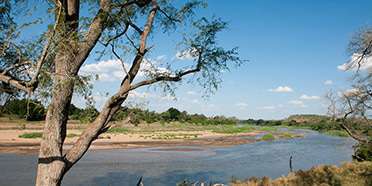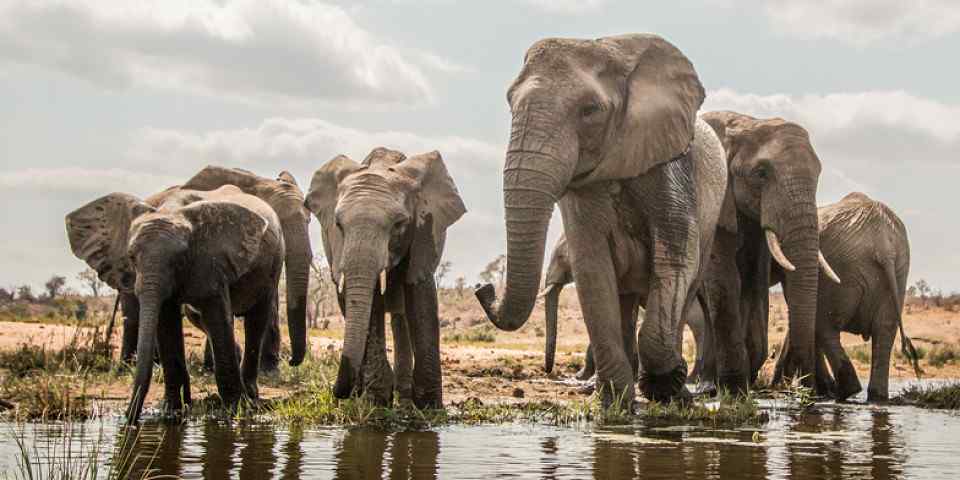
Safari Tours to Mapungubwe NP
-
![11-Day Big Five Experience Self-Drive Budget Camping Tour]()
11-Day Big Five Experience Self-Drive Budget Camping Tour
$576 to $598 pp (USD)
South Africa: Self-driveCamping & Bush Camp
You Visit: Pretoria (Start), Marakele NP (Waterberg Biosphere), Mapungubwe NP, Northern Kruger, Central Kruger, Southern Kruger, Pretoria (End)

Bonsai-SA 4x4 Adventures and Tours
5.0/5 – 15 Reviews
-
![11-Day Big Five Experience Self-Drive Mid Range Tour]()
11-Day Big Five Experience Self-Drive Mid Range Tour
$953 to $1,025 pp (USD)
South Africa: Self-driveTented Camp & Bush Camp
You Visit: Pretoria (Start), Marakele NP (Waterberg Biosphere), Mapungubwe NP, Northern Kruger, Central Kruger, Southern Kruger, Pretoria (End)

Bonsai-SA 4x4 Adventures and Tours
5.0/5 – 15 Reviews
-
![11-Day Big 5 Experience Guided Self-Drive Mid Range Tour]()
11-Day Big 5 Experience Guided Self-Drive Mid Range Tour
$2,269 to $2,830 pp (USD)
South Africa: Guided self-driveTented Camp & Bush Camp
You Visit: Pretoria (Start), Marakele NP (Waterberg Biosphere), Mapungubwe NP, Northern Kruger, Central Kruger, Southern Kruger, Pretoria (End)

Bonsai-SA 4x4 Adventures and Tours
5.0/5 – 15 Reviews

 South Africa Parks
South Africa Parks









